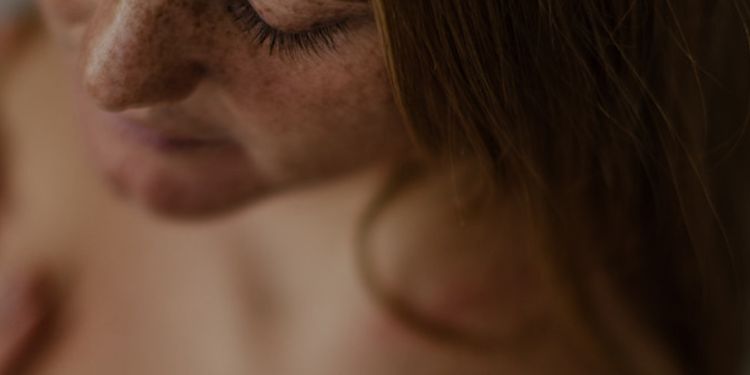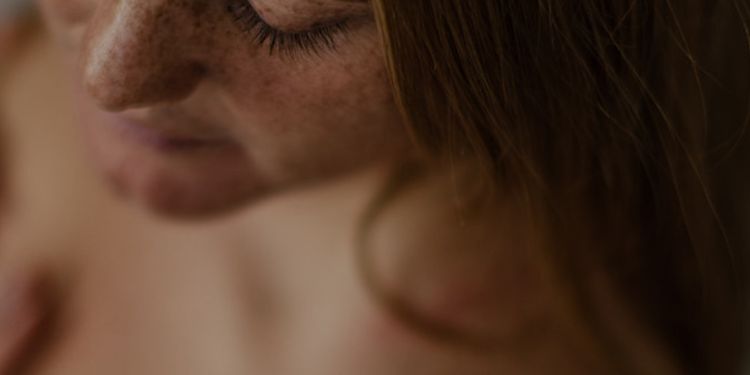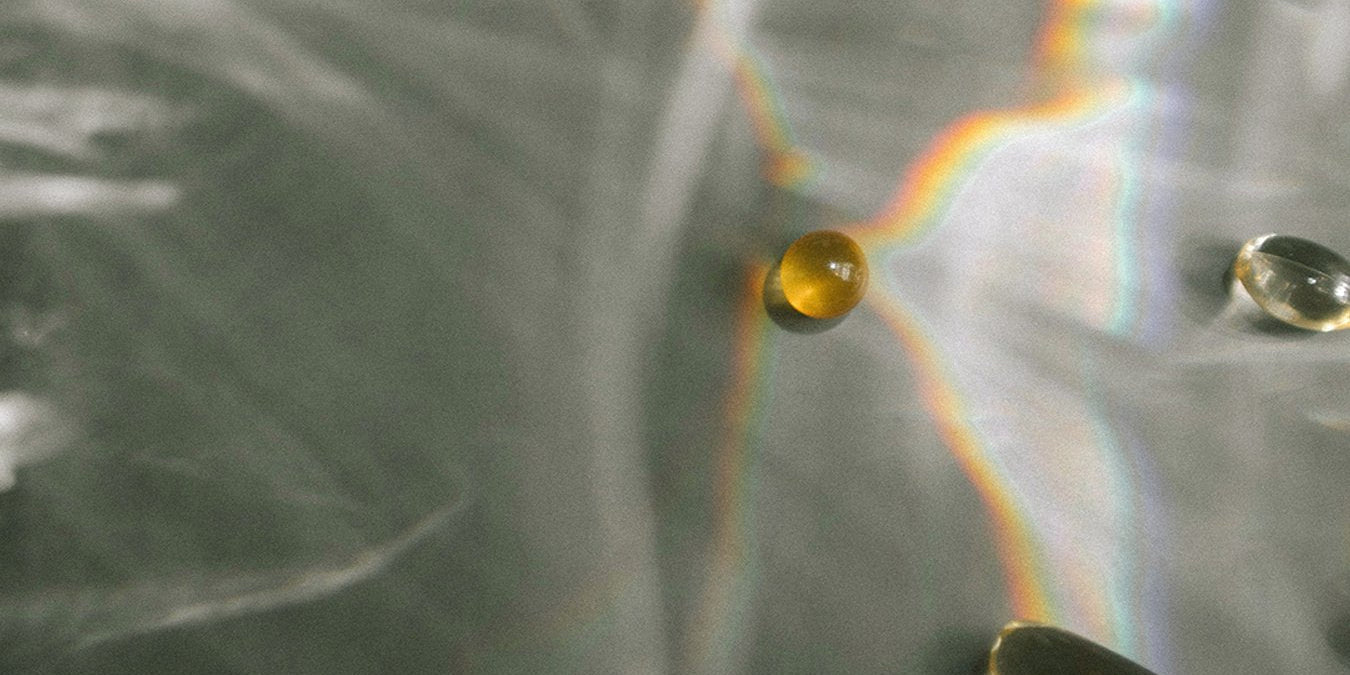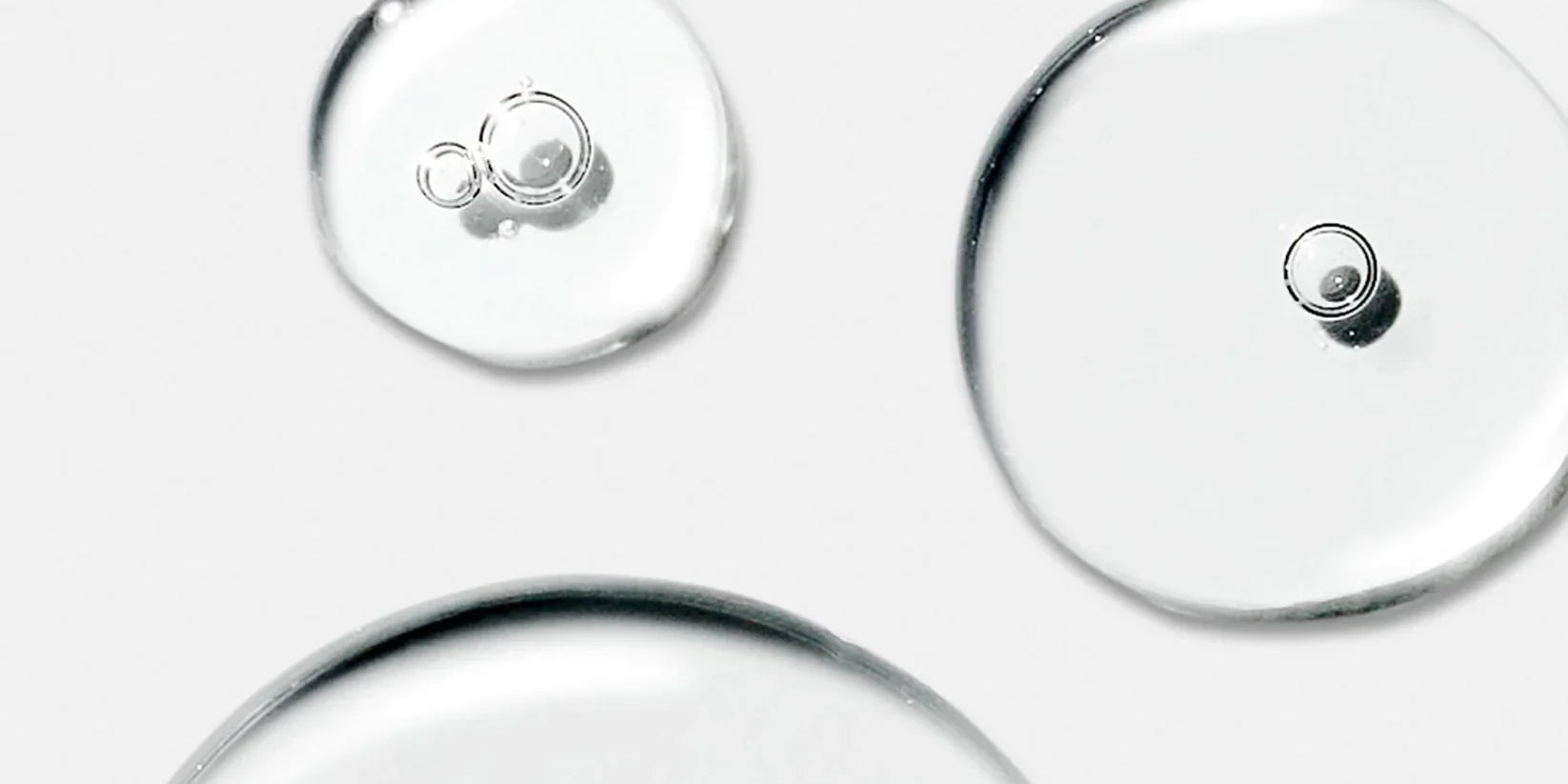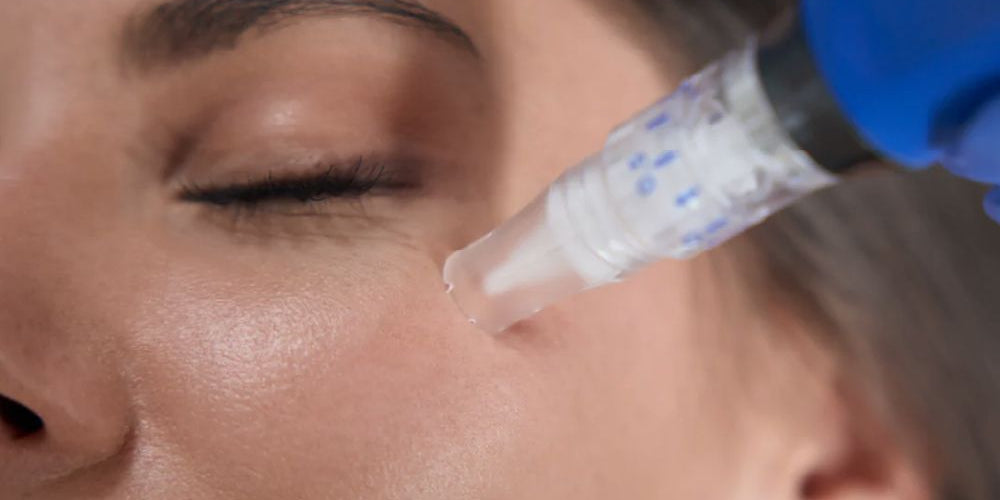Facial hair appearing on your face can leave you feeling confused, embarrassed and emotional. We see it day in and day out at the clinic. We've all shed a few tears here during consultation.
By the time that you have come in to us, you honestly feel like you tried everything to calm your skin and reduce your hair growth. From product promises to influencer backed tools, none of them are working.
We understand one thing than many brands, tools and products do not grasp. Biology, specifically hormones are the main driver to your facial hair appearing. We've been working very closely with clients the past 10+ years and have developed a strong understanding on how to educate your about your hair growth and help you understand the tools to use and when to use them.
Key Takeaway: Facial hair growth in women is more complex than one simple number on a blood test, it’s often a combination of hormonal sensitivity, stress, and how your skin responds to changes inside your body. There is no cookie cutter solution to solving facial hair, it requires education and support.
Let’s walk through a generalised version of what might be happening with your facial hair, what to test for, and what might help without a consultation with us.
Why facial hair can increase, even with normal or high oestrogen
Hormones don’t work in isolation; they interact like an orchestra. Even if your oestrogen is high, other instruments in the hormonal mix might be out of tune.
Facial hair (especially on the chin, jawline, or upper lip) is usually influenced by androgens, hormones like testosterone and DHEA. These are present in both men and women, but your skin’s sensitivity to them varies from person to person. Some hair follicles react strongly, even when blood levels are normal.
That means you can have normal testosterone on paper, yet your skin still behaves as if it’s higher.
When high oestrogen is part of the picture
High oestrogen doesn’t directly cause facial hair but if it’s high in relation to progesterone (often called “oestrogen dominance”), it can disrupt the balance of other hormones.
This imbalance can reduce SHBG (sex hormone–binding globulin), a protein that keeps androgens in check. When SHBG drops, more free testosterone circulates and can act on hair follicles.
Other common contributors include:
-
Insulin resistance (linked to irregular meals, sugar spikes, or stress)
-
Chronic stress or poor sleep (which increase cortisol and DHEA)
-
Changes in contraception or perimenopause
-
Genetic sensitivity, some people’s follicles simply react more
Conditions to check with your doctor
If facial hair growth is new, sudden, or worsening, it’s worth discussing a few specific tests and conditions with your GP or gynaecologist:
-
PCOS (Polycystic Ovary Syndrome): The most common cause of increased facial and body hair in women. It’s often accompanied by irregular cycles, acne, or difficulty losing weight.
-
Insulin resistance or prediabetes: High insulin can trigger the ovaries to make more androgens.
-
Adrenal causes: Such as high DHEA-S or chronic stress load.
-
Other hormonal markers: SHBG, free and total testosterone, 17-hydroxyprogesterone, and prolactin are all useful to assess.
Even if results are normal, remember - your skin may still show signs of hormonal “conversation” at the follicle level.
Daily habits that help balance hormones naturally
Small, consistent changes can make a real difference over time:
-
Keep blood sugar steady: Eat protein with every meal, avoid long gaps without food, and limit refined sugar.
-
Move regularly: Walking, strength training, or low-impact exercise improve insulin sensitivity and hormone balance.
-
Support your liver: It clears excess hormones. Aim for fibre-rich foods (vegetables, flaxseed, chia), hydration, and minimal alcohol.
-
Reduce stress: Deep breathing, time outdoors, and prioritising sleep help calm cortisol and DHEA levels.
-
Check supplements and medication: Some birth controls, hormonal IUDs, or even high-dose biotin can influence hormone activity.
Once the hair follicle is stimulated
When a hair follicle has been “switched on” by androgens, it starts producing thicker, darker hair called terminal hair. Your soft fluffy facial hair is called vellus hair, this will continue to be soft and fluffy unless androgens tell it to change. Unfortunately, once a hair has been given the signal to become a terminal hair it will never revert back to a vellus hair again. Even if your hormone levels later stabilise.
However, don't fret - there are solutions.
This is where laser hair removal is the most effective long-term treatment. Laser targets the follicle to disrupt future growth. Over several sessions, growth slows, hairs thin, and many follicles stop producing hair altogether.
In summary
Facial hair in women isn’t always about “too much testosterone.” It’s often about how the body uses hormones and how sensitive each follicle is.
By:
-
Checking for underlying conditions like PCOS or insulin resistance
-
Supporting hormone balance through daily habits
-
Using professional treatments like laser
…you can calm the overactive follicles and restore confidence in your skin again.
At Bare Solutions, we take a holistic approach where we have focus on supporting you with treatment options while helping you understand what’s really happening beneath the surface.


